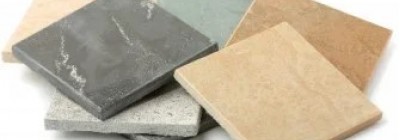22 Dec


Cat Eyes Granite" can refer to two distinct stones depending on the origin:
1. Indian Cat Eyes Granite:
- Origin: Hubli (Hubballi), Karnataka, India
- Color: Deep reddish-brown base with prominent dark red, black, and grey spots, resembling a cat's eye, hence the name.
- Veining: Minimal to none, the emphasis is on the contrasting colored spots.
- Applications: Primarily used for flooring, walls, and exterior cladding due to its durability and weather resistance. Can also be used for countertops and backsplashes, but the busy pattern might not be for everyone.
- Maintenance: Relatively easy to care for, requiring occasional sealing and cleaning with mild soap and water.
- Cost: Generally less expensive than other granites.
2. Brazilian Cat Eyes Granite:
- Origin: Espirito Santo, Brazil
- Color: Rich, fiery red base with subtle black and grey flecks, offering a warm and inviting feel.
- Veining: Smaller, scattered flecks and veins within a consistent red base.
- Applications: Primarily used for interior applications like countertops, backsplashes, and flooring due to its polished finish and vibrant color.
- Maintenance: Similar to Indian Cat Eyes, requiring occasional sealing and cleaning with mild soap and water.
- Cost: Generally more expensive than the Indian variety due to its rarer occurrence and polished finish.
To clarify which Cat Eyes Granite you're interested in, could you please share any additional details you might have about its color, pattern, or intended use? This will help me provide more accurate and relevant information.
I'm happy to explore either type of Cat Eyes granite further for you!




Leave a Comment